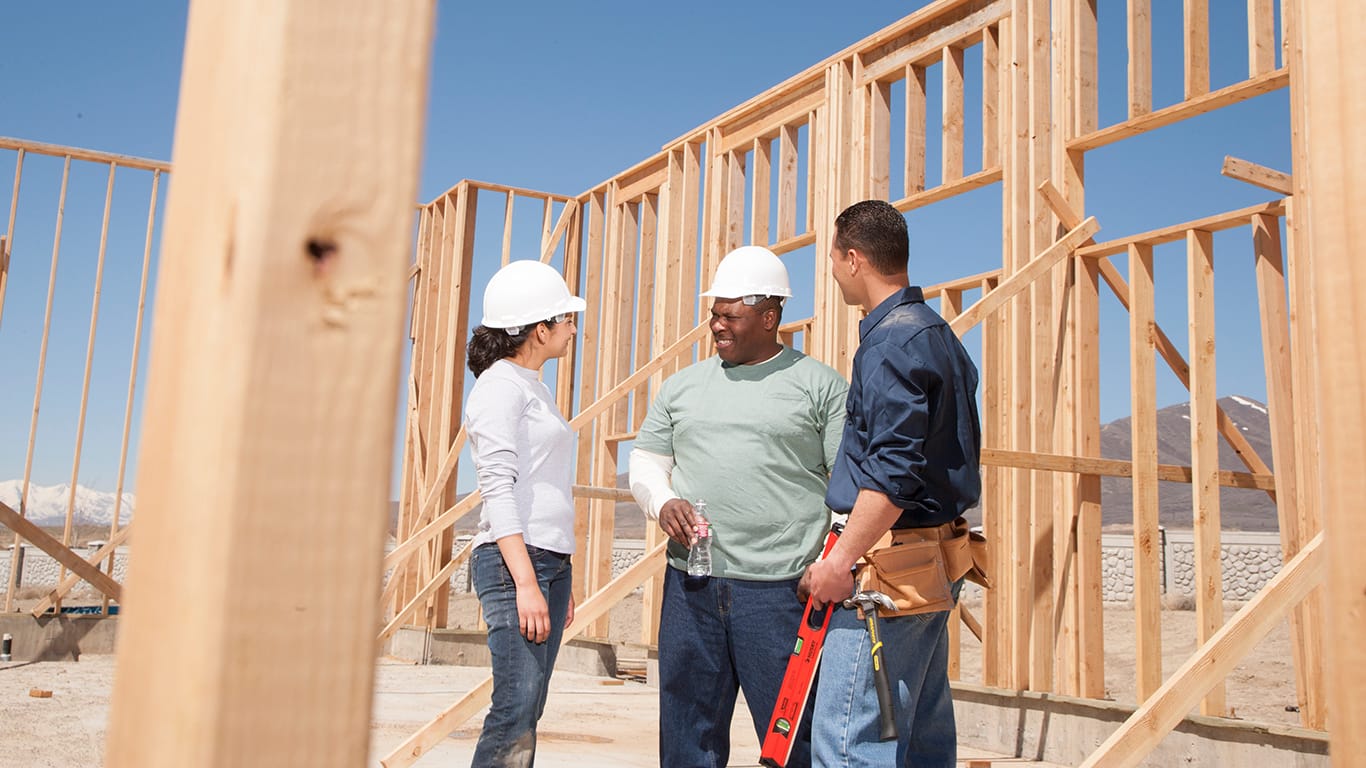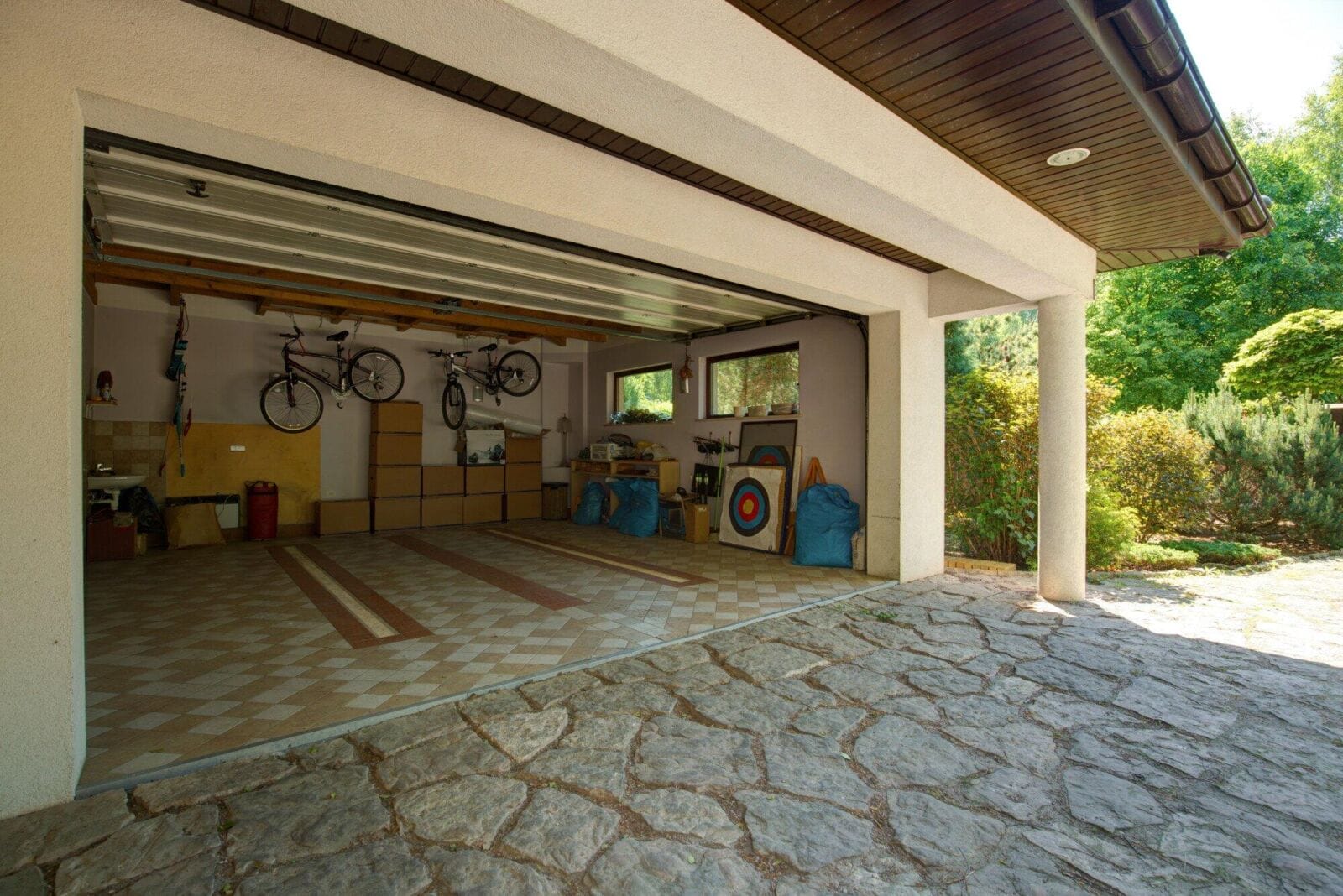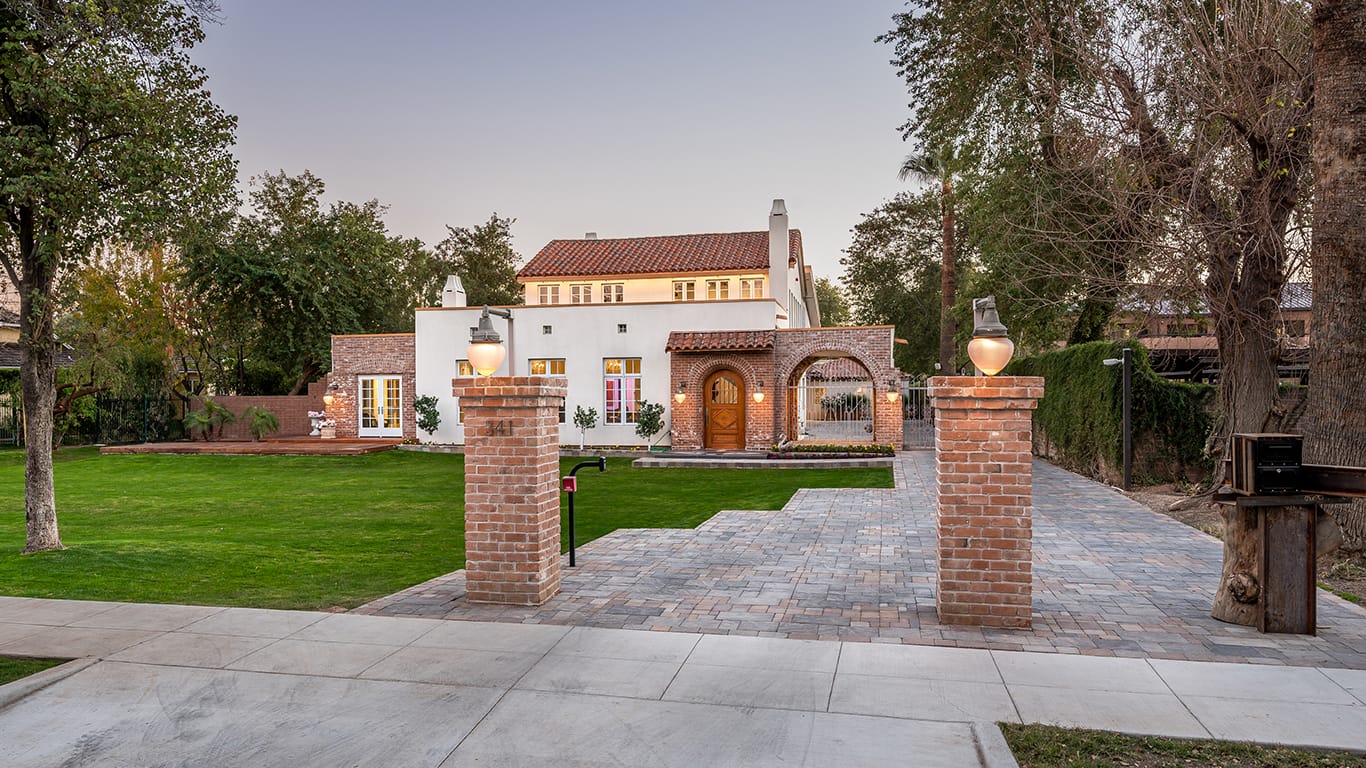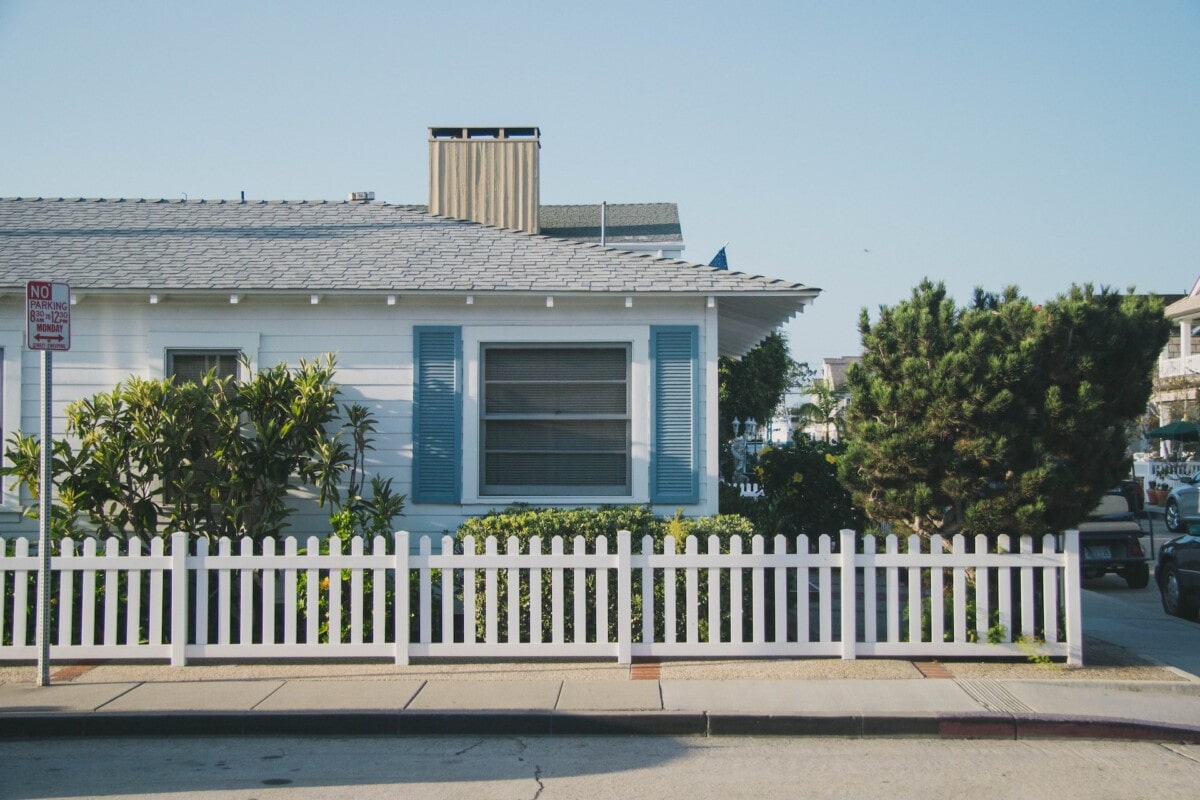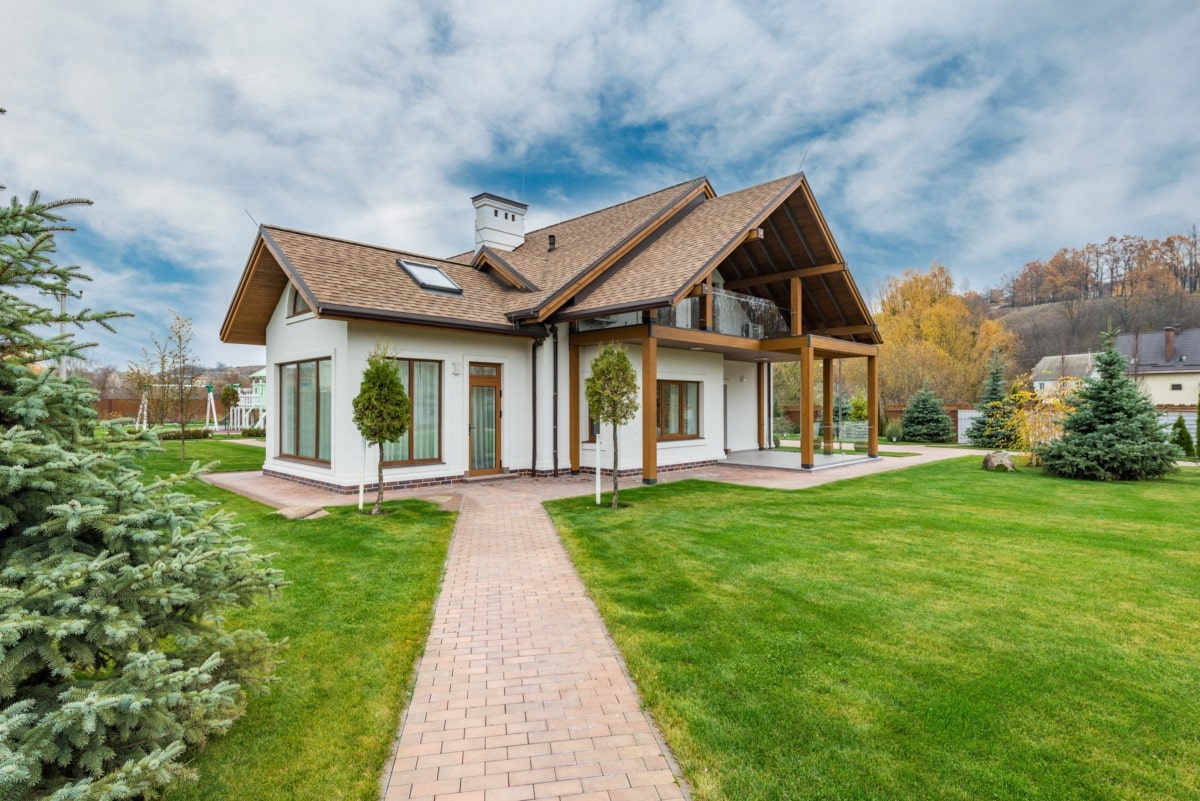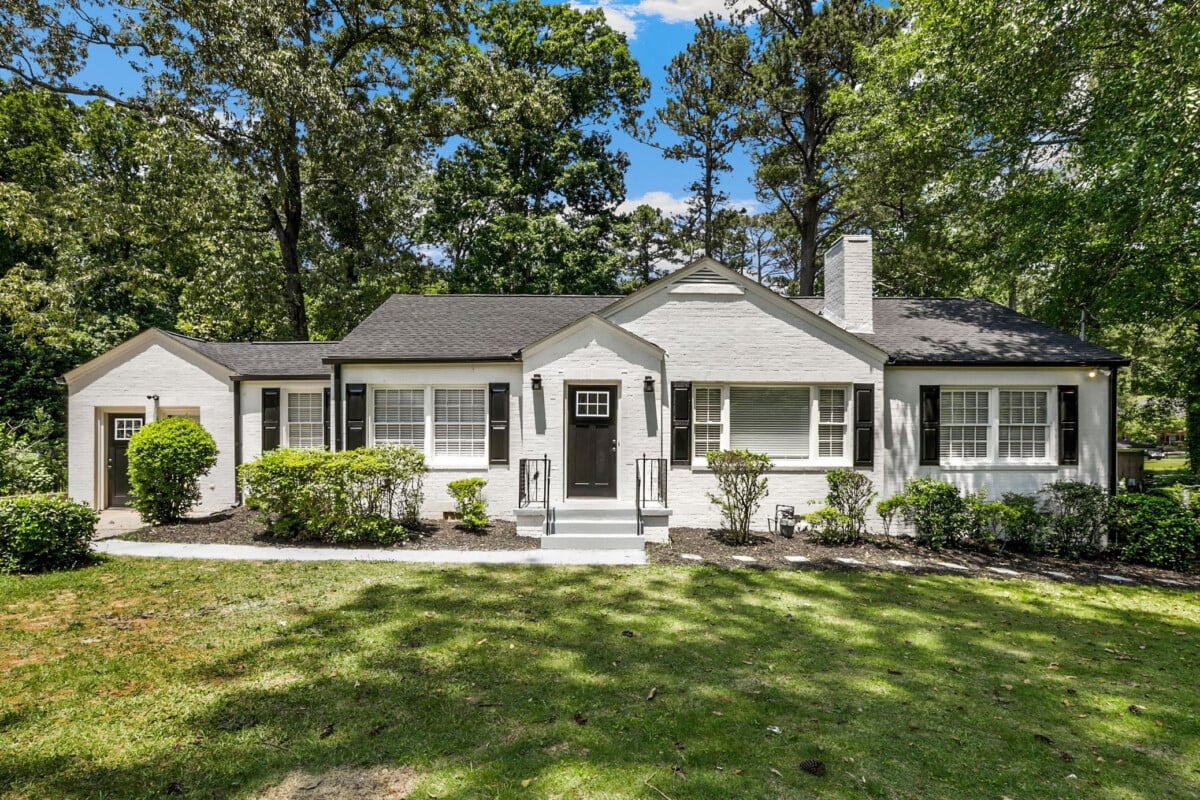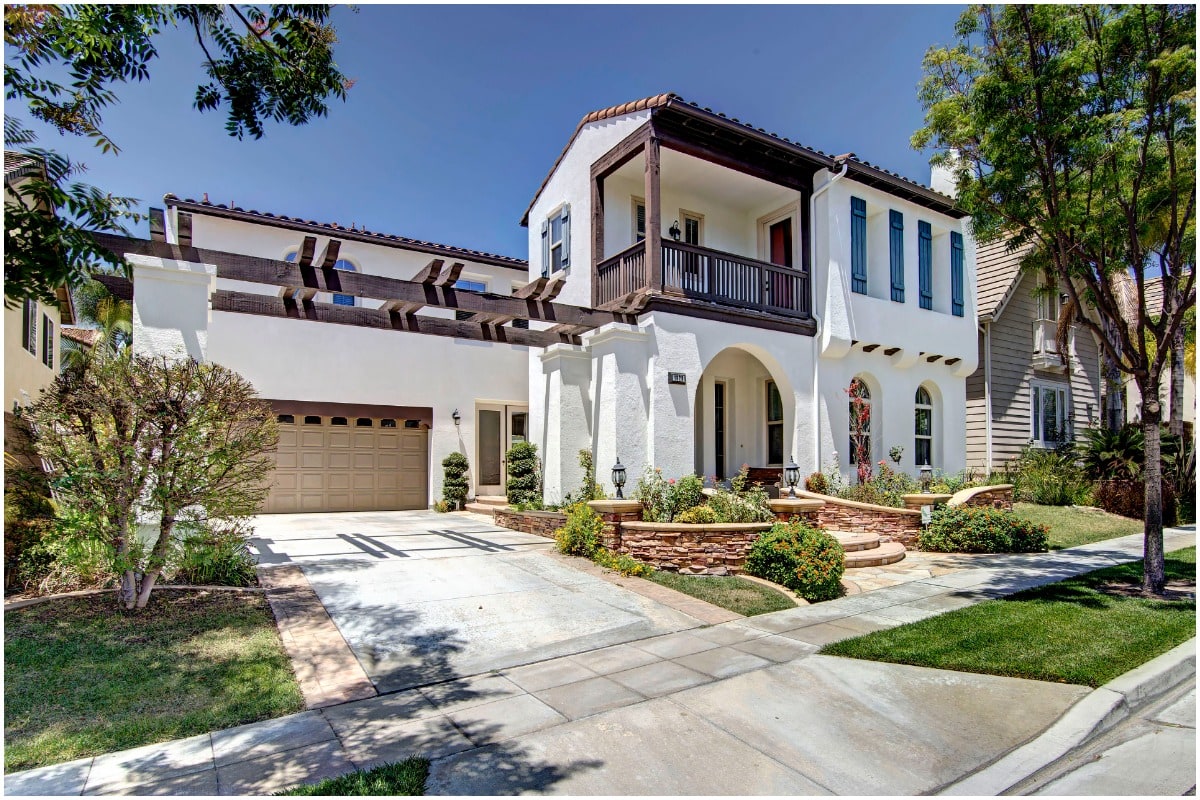Higher rents and low supply create major shifts in Phoenix multifamily

Sourced By: AZ Big Media
Renting an apartment in Greater Phoenix has become an increasingly costly endeavor since the onset of the pandemic. Zillow reports that as of July, the typical monthly rent in Phoenix is $1,949, up from $1,408 in March 2020 — a nearly 39% increase. At the same time, University of Arizona’s Economic and Business Research Center notes that building permits issued for all types of housing in the Valley are down almost 30% year-over-year as mortgage rates have increased and inflation remains persistent-yet-slowing.
This mismatch of supply and demand has caused a trickle-down effect in the Phoenix multifamily sector, where those who would otherwise purchase a home are instead renting Class A apartments, which pushes folks already in that product class to Class B apartments.
“I’ve been in this business for 40 years, and I have never seen pressure on rents like we’ve seen in the last three years,” says Reid Butler, owner of Butler Housing Company. “To buy a house these days, your credit better be in good shape, and you probably need a 20% down payment. Interest rates are still over 7% when just two years ago they were around 4% for a mortgage. Is the unattractiveness of the housing market part of why there’s so much demand for apartments? I agree with that.”
At the same time, there’s a narrative being spun from national economists, says Zach Haptonstall, CEO and co-founder of Rise48, that Phoenix is actually overbuilt since organic rent growth is trending down. Yet, many of the new units are being built in the far Southwest and Southeast Valley, with build-to-rent, single-family housing being a newer product appealing to those who can’t quite reach homeownership or otherwise don’t want to.
Rise48, which focuses on infill multifamily housing in Metro Phoenix often built in the ‘80s, doesn’t invest in those outlying areas because there aren’t many apartments that match the renter demographics the company targets.
“Our residents will likely never buy a house, and they can’t afford luxury Class A apartments,” Haptonstall says. “Since the cost to build has been so expensive, you have to build luxury Class A and command premium rents to make those deals pencil economically. And all these people can’t afford that.”
Even if the market is potentially overbuilt today, he continues, many projects have been put on hold because of interest rate increases, so the pipeline of new units will not keep up with demand.
Ryan Abbott, executive vice president at Clayco, adds that tighter lending practices, along with elevated labor and material costs, is impacting development even though lease rates are flattening.
“Where all of these [economic factors] converge is deal complexity — read ‘delay’ — in closing a modern deal,” he says. “The greatest impact on development and construction is how to predict an undeterminable, moving point in the future. This complexity requires smart, agile, hardworking, courageous participants.”
Categories
Recent Posts
